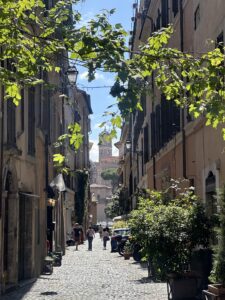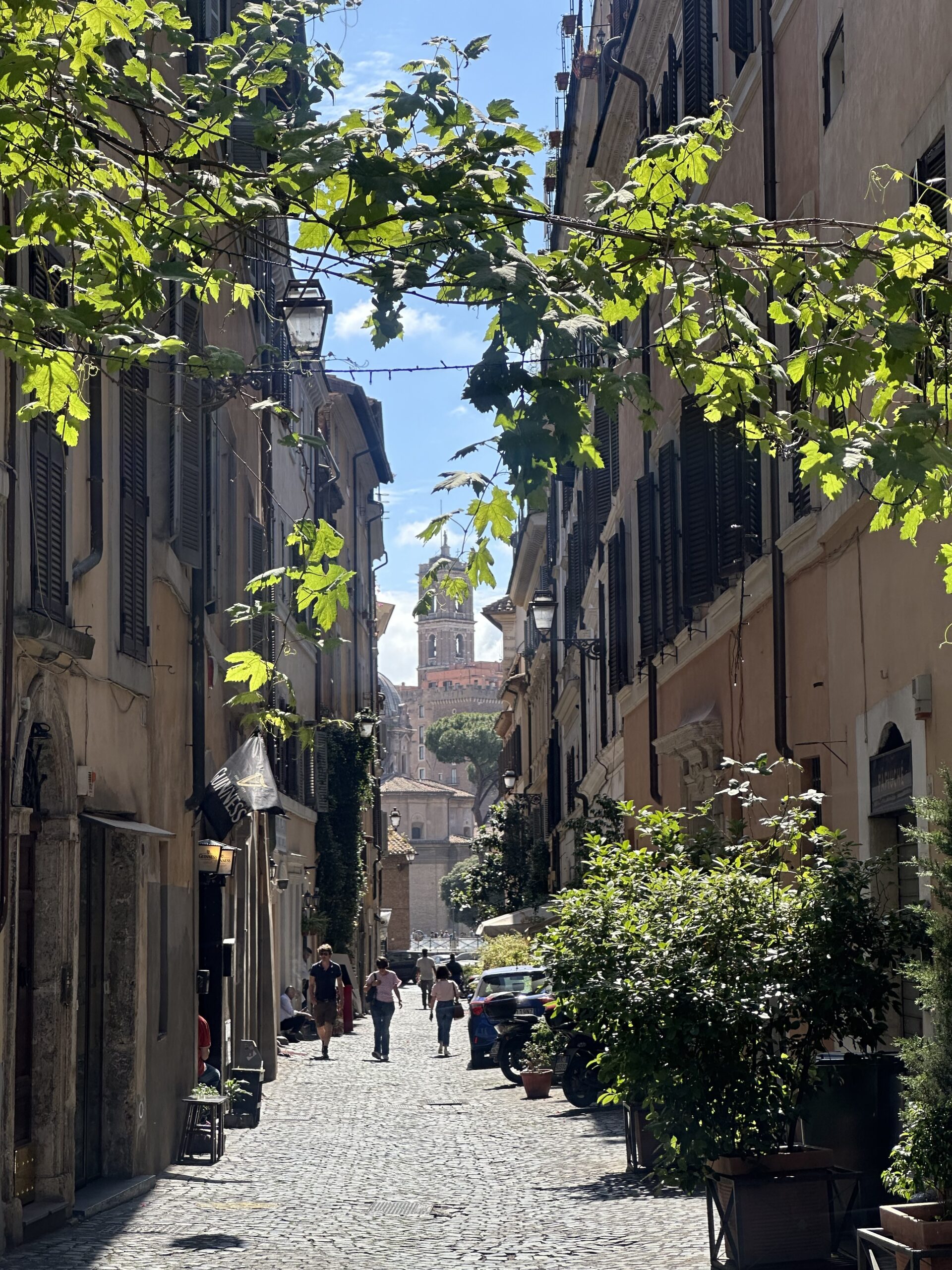By ADA NEGRI
Translated from Italian by LAURA MASINI, CHONA MENDOZA, and LINDA WORRELL
Story appears in both English and Italian below.
Translators’ Note:
“In the Fog” is taken from Le Solitarie (1917), Ada Negri’s first collection of stories, astute portraits of marginalized women struggling with poverty, exploitation and loneliness. Raimonda is a young woman who was horribly disfigured by a fire in her childhood. Only in the dense and murky fog of Milan, her face concealed by a “nebulous mass of vapors,” does she feel free.
We decided to work together at the close of a week-long Italian translation workshop at the British Centre for Literary Translation and we chose this story because we were captivated by Negri’s richly evocative prose. Much of our lively collaboration, helped along by Tuscan reds, seppie in zimino, minestra di fagioli and lesso rifatto, took place in Lucca and Florence.
—Linda Worrell, Chona Mendoza, Laura Masini













